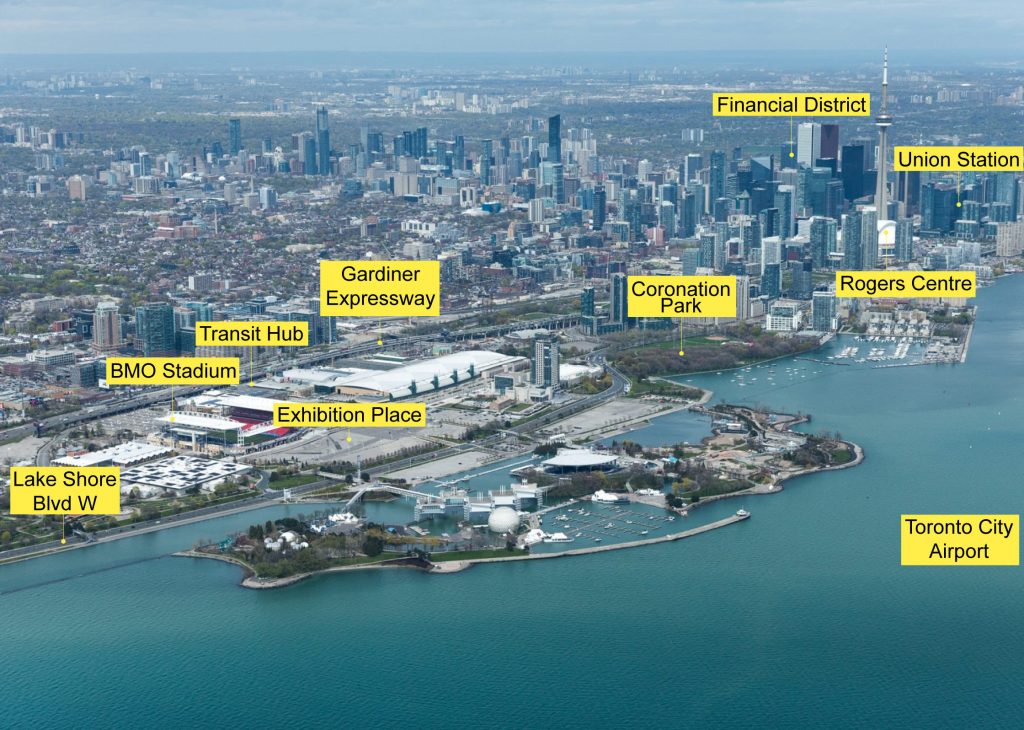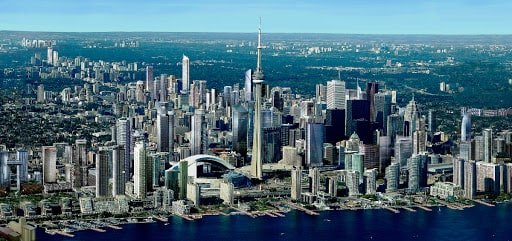New Canadian record in welcoming immigrants

In 2019, Canada received more than 300,000 immigrants for the fifth time in its history alone, exceeding its federal immigration target of 10,000 additional immigrants.
New Canadian record in welcoming immigrants There were 341,000 new arrivals in 2019, which continued to record immigration. This is only the fifth time in the country’s history that it has welcomed more than 300,000 immigrants a year (other times were 1911 to 1913 and 2018). Canada also met its target in the 2019 to 2021 Immigration Level Program (330800). Immigrant) with more than 10,000 immigrants. Canada also plans to welcome 58% of newcomers through the economy class, 27% through family support, and the remaining 15% through the refugee class.
25% of new immigrants come from India
Canada’s new record for welcoming immigrants India remains the main source of Canadian newcomers. The approximately 86,000 Indians who became permanent residents in 2019 accounted for 25 percent of all Canadians. China was in second place with 9 percent of new entrants, followed by the Philippines with 8 percent of new immigrants. Nigeria, the United States, Pakistan, Syria, Eritrea, South Korea and Iran were among the top 10 countries of origin.
|
Total new immigrants in 2019 |
341,180 |
|
1.India |
85,585 |
|
2.China |
30,260 |
|
3. Philippines |
27,815 |
|
4. Nigeria |
12,595 |
|
5. United States of America |
10,800 |
|
6. Pakistan |
10,790 |
|
7.Syria |
10,120 |
|
8. Arritre |
7,025 |
|
9. Republic of Korea |
6,110 |
|
10. Iran |
6,055 |
You can also follow the articleonCanada’s new study permit in 2019.
45% of new immigrants arrive in Ontario

Canada’s new record for welcoming immigrants Ontario continues to be the top destination for new entrants, welcoming 45% of the national share in 2019. Its share has increased by 2% compared to 2018. This may be the reason for the decision of the Quebec government to reduce the number of new entrants in 2019. As a result, Quebec fell two places to become the fourth top destination for newcomers to Canada in 2019. British Columbia came in second with 50,000 immigrants, followed by Alberta in third.
Manitoba was very well received by immigrants as it welcomed approximately 19,000 immigrants last year, a 24% increase compared to the number of immigrants attracted in 2018. Saskatchewan’s immigration levels were about the same as in 2018, with the province welcoming nearly 16,000 newcomers.
Immigration to Atlantic Canada continued to grow, and Nova Scotia and New Brunswick benefited the most. Nova Scotia saw a 27 percent increase to more than 7,500 immigrants, while New Brunswick welcomed 30,000 newcomers and benefited 30 percent.
The Yukon also benefited by a 24 percent increase to 400 immigrants.
New Immigrants to Canada: Years 2017 to 2019
|
Year |
2017 |
2018 |
2019 |
|
Total |
286,510 |
321,055 |
341,180 |
|
Ontario |
111,955 |
137,435 |
153,340 |
|
British Columbia |
38,445 |
44,870 |
50,320 |
|
Alberta |
42,095 |
42,025 |
43,685 |
|
Quebec |
52,405 |
51,125 |
40,545 |
|
Manitoba |
14,705 |
15,230 |
18,905 |
|
Saskatchewan |
14,680 |
15,510 |
15,855 |
|
Nova Scotia |
4,515 |
5,965 |
7,580 |
|
New Brunswick |
3,650 |
4,610 |
6,000 |
|
Prince Edward Island |
2,350 |
2,135 |
2,445 |
|
Newfoundland and Laboratory |
1,170 |
1,530 |
1,850 |
|
Yukon |
225 |
305 |
400 |
|
Northwest Territory |
240 |
280 |
195 |
|
Nunavut |
40 |
30 |
40 |
|
Undeclared province or territory |
40 |
10 |
15 |
We suggest you also follow the article Top 20 Canadian Jobs in 2020
35% of immigrants enter the Greater Toronto area

In Canada’s new record for welcoming immigrants, more than a third of newcomers decided to settle in the Greater Toronto Area (GTA). The GTA received the largest number of immigrants (118,000 newcomers) from the four provinces of Atlantic, Quebec, Manitoba, Saskatchewan and the three territories of Canada.
Vancouver came in second with 40,000 immigrants, followed by Ann Montreal (35,000) and Calgary (20,000).
Canada’s four largest cities (Toronto, Montreal, Vancouver and Calgary) welcomed a total of 62% of all new arrivals, down slightly from 64% in 2018. The decline is due to Quebec’s decision to reduce immigration levels, such as Montreal’s absorption rate, which has fallen by almost 10,000 newcomers over the past year.
Canada can accommodate 360,000 immigrants by 2020.
The federal government plans to receive 341,000 new arrivals by 2020, according to the Immigration Levels Plan for 2019 to 2021. Since this goal was achieved last year, Canada may go even further this year. In fact, the plan provides Canada with the flexibility to welcome 360,000 newcomers by 2020. We will have more transparency when Immigration Minister Marco Mendicino publishes the Federal Government’s Immigration Level Schedule for 2020 to 2022 in the near future – possibly next month.
In order to be able to try your luck, we suggest that you complete the following evaluation form so that the experienced experts of Trajons can contact you as soon as possible after reviewing it.
